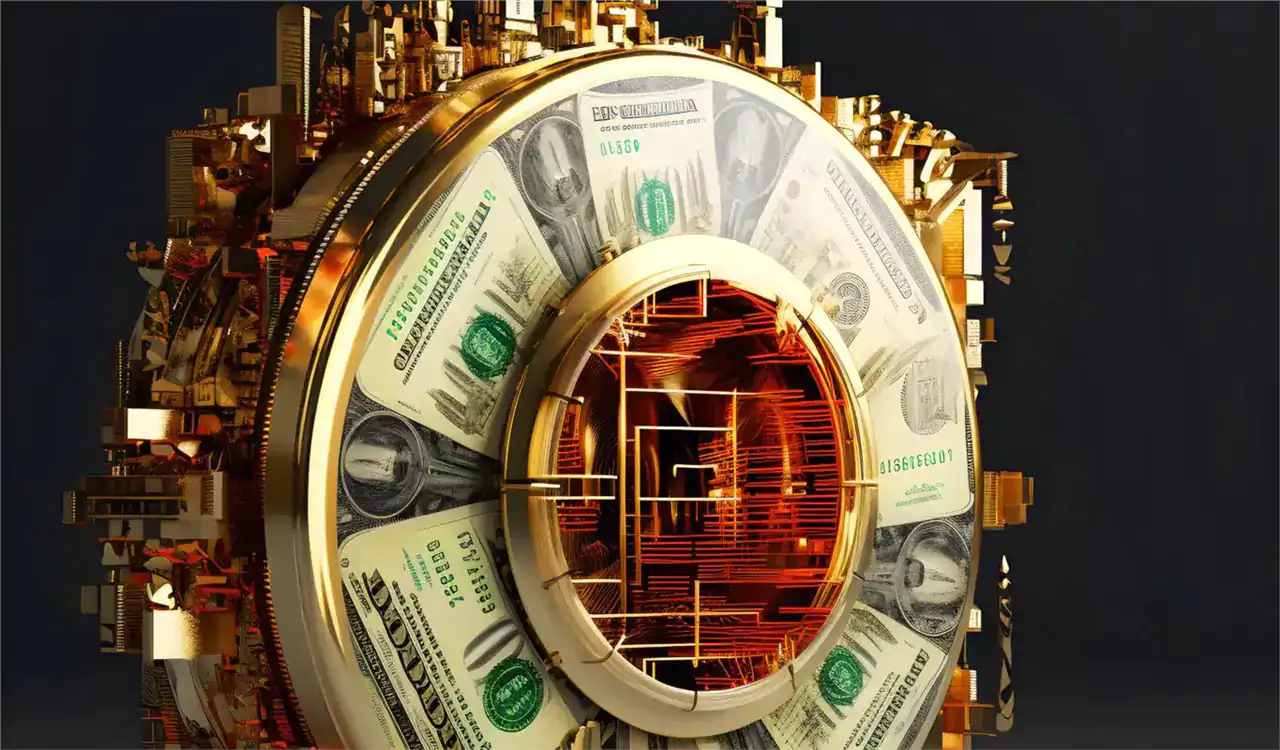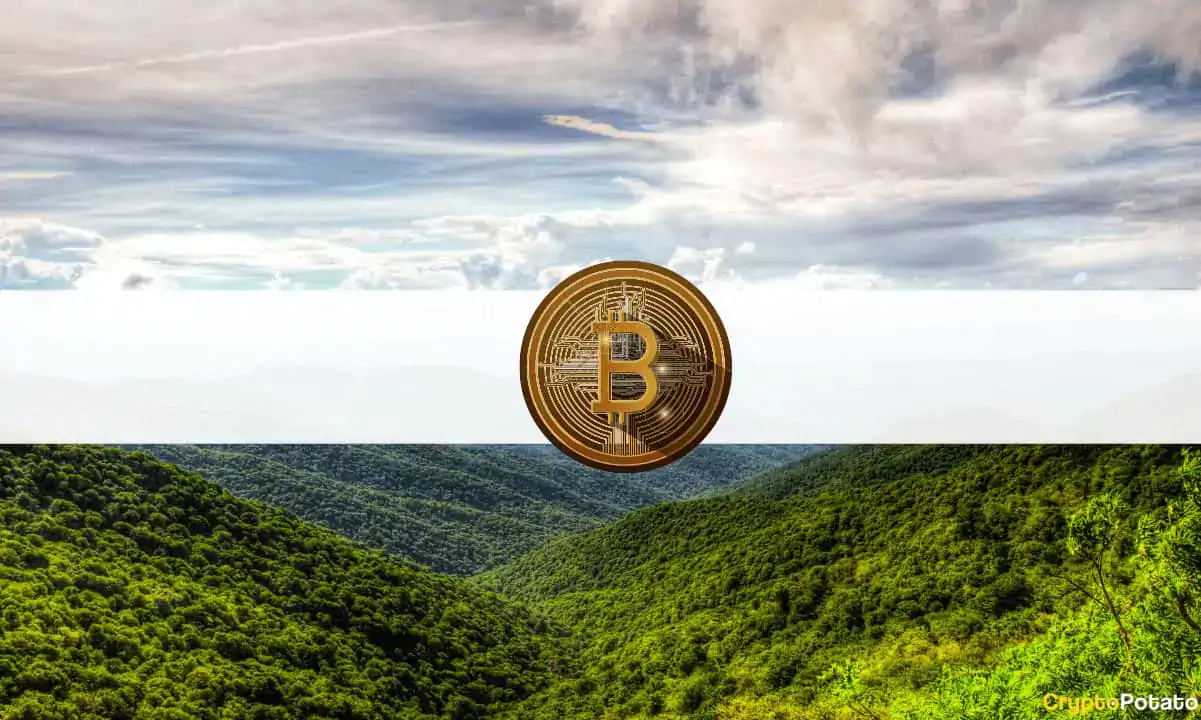Yueqi Yang
Stablecoin giant Circle Internet Financial Ltd said $3.3 billion of its about $40 billion of USD Coin reserves remain at Silicon Valley Bank, which collapsed in one of the largest bank failures in US history on Friday.
USD Coin drifted from its closely-watched dollar peg as investors reacted to its exposure to Silicon Valley Bank. The price of USD Coin, which trades under the ticker USDC, lingered below $1, falling to $0.9850 on Friday evening in New York. Stablecoins like USD Coin are intended to maintain a 1-to-1 peg to highly liquid assets like the US dollar or euro. With a circulation of around $40 billion, Circle’s token is second only to Tether’s USDT.
Circle held around $8.7 billion in cash at banks including Silicon Valley Bank as of Jan. 31, according to an attestation issued earlier in March. Circle keeps a majority of its reserves in a BlackRock-managed money-market fund which invests in three-month Treasuries and cash. The rest of those reserves, representing 25% of the total, is held across Bank of New York MellonCitizens Trust Bank, Customers Bank, New York Community BankSignature Bank and Silicon Valley Bank.
Noelle Acheson, who writes a crypto newsletter and is the former head of market insights at Genesis Trading, said investor concerns about their exposure was reflected in the “uncharacteristically high volatility” in the stablecoin’s price. “Tether’s USDT, on the other hand, is heading up as traders rotate positions,” she said. “In yet another example of how weird markets are right now, it is astonishing to see USDT act more like the ‘safe’ stablecoin.”
Trading activity on a large decentralized exchange called Curve showed similar signs that traders were adjusting out of their positions in Circle’s stablecoin. Acheson said Curve’s 3pool protocol, which allows users to swap between Circle’s token, Tether and another stablecoin called DAI is now “severely out of balance” as users try to exit their USDC positions. In theory, the supply of the three stablecoins should be held roughly in line. But data on Curve Finance just about 6.4% of the pool was Tether, while USDC and DAI both have more than 40% of the supply.
“Unforseen SVB collapse and potential exposure of USDC to SVB created panic around it, so people started fleeing to USDT,” Michael Egorov, founder of Curve Finance, said in an email. He explained the activity in the DAI token by noting that traders treat it as almost a proxy for USDC. “DAI is not a safe haven in this regard because a lot of it is collateralized by USDC directly,” he said.
For hours on Friday, as other crypto companies issued statements firmly denying any exposure to Silicon Valley Bank, Circle would say only that it was “working internally on a response.” On Friday evening, an official Twitter account for the firm posted a tweet that said: “While we await clarity on how the FDIC receivership of SVB will impact its depositors, Circle & USDC continue to operate normally.”
Just last week, Circle it moved a “small percentage” of cash reserves held at Silvergate Capital Corp. to other banking partners after the troubled crypto-friendly bank said it was suspending its institutional SEN payments network
Henry Elder, head of decentralized finance at Wave Digital Assets, pointed to that diversification as a sign of strength.
“They have plenty of access to funding resources,” Elder said. “The idea to me that USDC is somehow existentially exposed seems pretty unlikely. If you look at virtually every major stablecoin, over the last two, three years, all of them have undergone some massive uncertainty and doubt. This is just the latest in a long line of uncertainty, and it’s probably going to be fine.”
- If Stablecoins Are Stable, Why Are Regulators Tense?: QuickTake
Elder said he didn’t think that the Silicon Valley Bank collapse represented “an existential risk” to Circle’s stablecoin.
Crypto firms including BINANCE and Tether all used Twitter to reassure their customers about any risks posed by the failed bank.
Changpeng Zhao, Chief Executive Officer at Binance, the largest digital-asset exchange, in a tweet that the firm doesn’t have exposure and its funds are safe. Stablecoin issuer Paxos and crypto exchange Gemini said they have no relationship with the bank, according to statements on their official Twitter accounts. Tether Chief Technology Officer Paolo Ardoino said in a tweet that the largest stablecoin doesn’t have exposure to SVB.
By contrast, bankrupt crypo lender BlockFi has about $227 milliion in an account at the failed bank, according to a court filing.
The crypto sector had already been rattled by the Silvergate meltdown earlier in the week. The California-based bank had been one of a handful of US-based lenders providing financial services to crypto firms, including FTX. The shrinking pool of crypto-friendly banks may make trading in and out of cryptocurrencies from US dollars increasingly difficult for crypto exchanges and market makers.
“I think that we will see a lot of volatility in USDC price over the weekend because USDC redemptions won’t work in that time - banks don’t work on weekends,” Curve’s Egorov said. “However, the situation might become better once redemption start working on Monday, and some traders will buy cheap USDC and redeem 1:1 to USD.”
— With assistance by Beth Williams



 BlocksInform
BlocksInform










